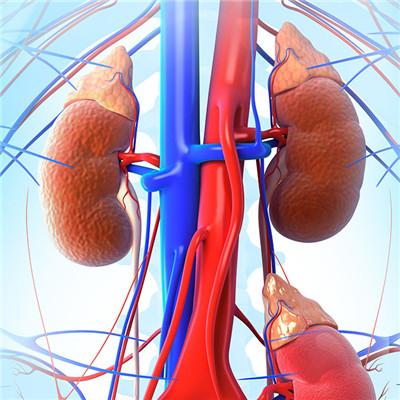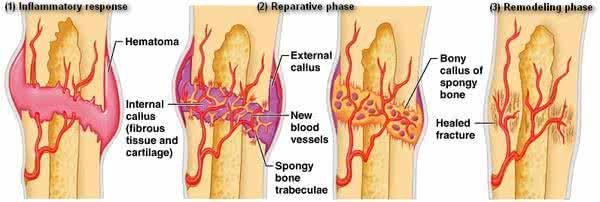What are the sequelae symptoms of cerebral infarction?
summary
Sequelae of cerebral infarction is a common disease in life, which does great harm to patients. If not treated in time, the consequences are very serious. Many patients because of the lack of understanding of the sequelae of cerebral infarction, did not have time to take some positive treatment measures, eventually leading to the aggravation of the disease. So, what are the common symptoms of cerebral infarction sequelae? Let's talk about it.
What are the sequelae symptoms of cerebral infarction?
Middle cerebral artery and its deep perforating branches: most easily affected, with contralateral hemiplegia (severe degree), unilateral numbness (loss of sensation), homonymous hemianopia, aphasia when the main hemisphere (usually the left) is involved, and amnesia when the non dominant hemisphere is involved.

Cerebral arterial occlusive syndromes, such as contralateral hemiplegia, hemiparesis, hemianopia, aphasia, apraxia, vertigo, diplopia, oculomotor paralysis, ataxia, chiasmatic paralysis, abnormal pupil, quadriplegia, dysphagia, consciousness disorder, etc., which suddenly appeared and quickly reached the peak.

Most patients do not have intracranial hypertension symptoms such as headache and vomiting. Secondary brain edema within a few days after occlusion of large artery can worsen the symptoms and lead to disturbance of consciousness. Severe brain edema can also cause fatal brain hernia.

matters needing attention
Anterior cerebral artery: uncommon, one side can cause contralateral hemiplegia, manifested as heavy lower limbs, light upper limbs, strong grip reflex and urinary incontinence. Bilateral involvement can cause emotional apathy, fuzzy consciousness, and occasionally silence and spastic paraplegia.

















